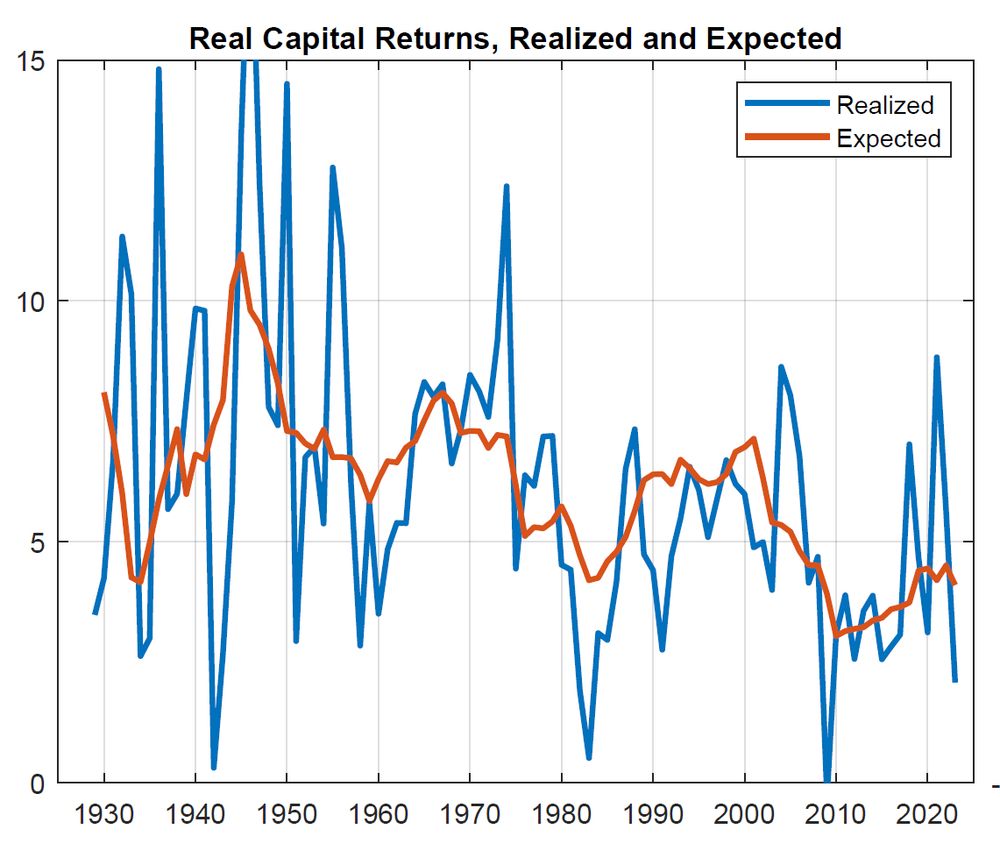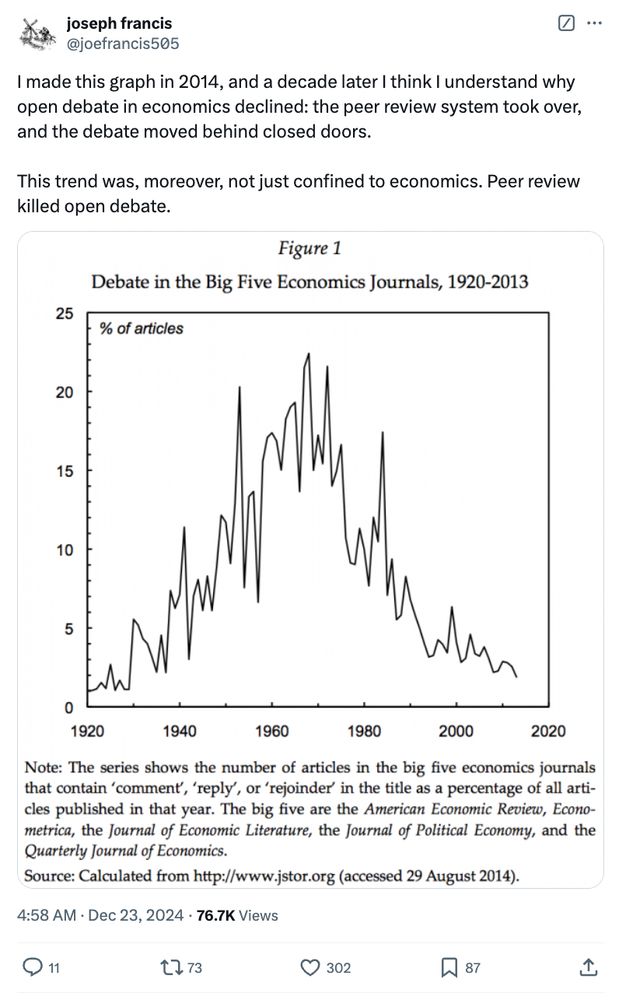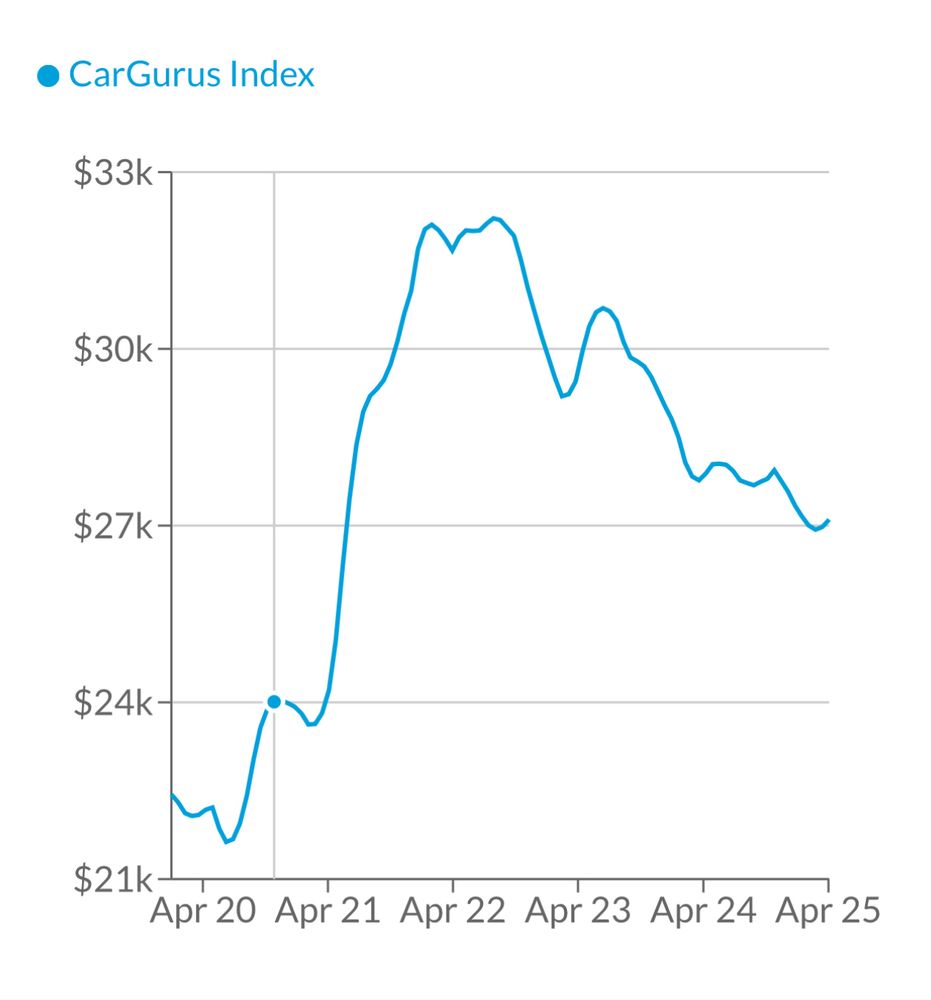
Economist. Macro, inequality, public finance, international finance, asset pricing, labor.
https://www.jonathanheathcote.com
Reposted by Jonathan Heathcote
We have 3️⃣ tenure-track positions:
•2 Open-Field
•1 linked to our Masters in Financial Economics (open to various fields)
Come work with us in 🇨🇦! Share with your students!
📄 Open-Field uwo.ca/facultyrelat...
📄 MFE Position uwo.ca/facultyrelat...
Reposted by Jonathan Heathcote, Tore Ellingsen







As a result, valuable debate happens in secret, and the resulting paper is an opaque compromise with anonymous co-authors called referees.
1/
Reposted by Jonathan Heathcote

Deadline is Dec 22.
irs.princeton.edu/news/2024/nl...
Reposted by Jonathan Heathcote, Randi Hjalmarsson

Reposted by Micaël Castanheira, Jonathan Heathcote, Pierre Boyer
cepr.org/events/cepr-...
Reposted by Mariacristina De Nardi
Reposted by Jonathan Heathcote

Reposted by Jonathan Heathcote
📍 Monash Prato Centre, Prato, Italy🇮🇹
📅 June 25-26, 2025
Submit your research thred.devecon.org/conferences/...
#EconSky #DevelopmentEconomics




